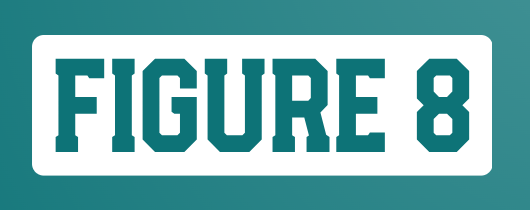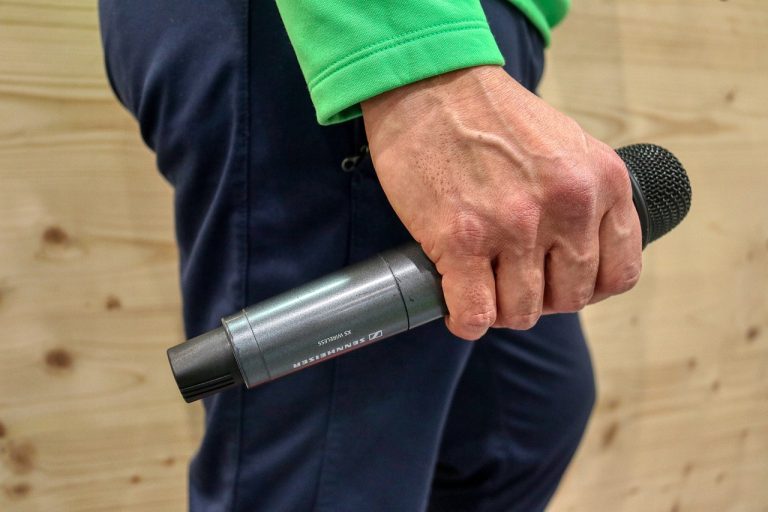Are you a medicine student about start your vaccination classes? If so then having a vaccination lesson plan is a good idea. This article contains the objectives, materials, and procedures for the vaccination class. This is the vaccination lesson plan for students. Let’s get started!
Objectives
As a student, you will need to do the following:
1. Understand how vaccines work
2. Create posters that describe how different types of vaccines work
Materials
– You will need to have access to the Internet
– Also, you will have to create a poster board
– You also need to have colored pencils and markers
Procedures
You will be asked by your teacher about what you know about vaccines. You will be asked questions such as what is a vaccine, what is the importance of vaccines, and what are some of the common vaccines you have received or you know about? You will write the answers to these questions on the board.
Your teacher will also ask you how vaccines work and also to review them together with the class:
– To answer these questions, you need to explain that the immune system is the mechanism used by the body to protect itself from foreign substances that invade it. When we are given vaccines, they work together with our body’s immune system to protect against diseases such as polio, measles, mumps, and others. Vaccines help your body create cells or antibodies that fight off foreign substances and antibodies such as viruses and bacteria. In some cases, the body itself creates these antibodies by itself, but it is not enough to fight off a disease as serious as polio.
– Vaccines are created from antigens drawn from a virus or bacteria that causes the disease. Some vaccines use antigen versions that are live but have been weakened. Some of them are made from antigens that have been killed and others from parts of the antigen, or one that resembles the targeted virus or virus closely. Regardless of this, a vaccine never contains enough antigens to cause the disease. It only contains enough antigens to trigger the immune system to produce antibodies to fight off the disease. These antibodies will remain active and protective againts the disease for the person’s lifetime in most cases. In some cases, the person will need to be given booster shots, which are generally doses given regularly. The protection given by vaccines is called immunity.
You will also be asked how often a child is vaccinated. A child receives several vaccinations during the first 10 years of his or her life. Most of these vaccines are given to the child within the first year of his or her life.
You will also be asked by your teacher to write the following vaccines on the board:
– MMR (measles, mumps, rubella)
– Polio
– DTP (diphtheria, tetanus, pertussis)
– Varcella (chicken pox)
– Hepatitis B













